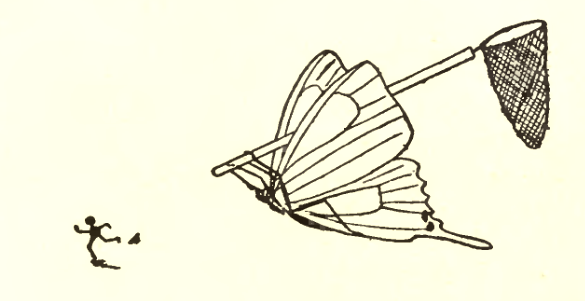 Title: Effects of microRNA-223 on morphine analgesic tolerance by targeting NLRP3 in a rat model of neuropathic pain
Title: Effects of microRNA-223 on morphine analgesic tolerance by targeting NLRP3 in a rat model of neuropathic pain
What Caught Our Attention: Usually, an Expression of Concern (EOC) offers general language about “concerns regarding the validity of the data” or “concerns regarding the integrity of the study.” Here the language is anything but, saying that 54 Western blot bands within three figures have problems such as “visible pasted joints,” “square border,” and numerous “appear to be the same band.” According to the notice, the authors have not responded to requests for the original blots, so the editors are allowing the article to remain intact, choosing instead “to alert readers to these issues and allow them to arrive at their own conclusions regarding the figures.”
 However, as the EOC is not apparent on the html page, and is not printed on the PDF, exactly how readers will be alerted is a matter of its own concern.
However, as the EOC is not apparent on the html page, and is not printed on the PDF, exactly how readers will be alerted is a matter of its own concern.
Journal: Molecular Pain
Authors: Xiao-Juan Xie, Li-Gang Ma, Kai Xi, Dong-Mei Fan, Jian-Guo Li, Quan Zhang, Wei Zhang
Affiliations: College of Clinical Medicine of Henan University of science and technology, China; Linyi People’s Hospital, China; First Affiliated Hospital of Zhengzhou University, China:
The Editors have been alerted to the following concerns about Figures 2, 4, and 5 in the article.
Figure 2. MicroRNA-223 negatively regulates the NLRP3 expression. The Western blotting bands in Figure 2(d) appear to be post-processed by software, as follows:
The second band in the NLRP3 expression has two visible pasted joints, which indicates it is not an intact band.
The first band in the NLRP3 expression and each of the three bands in the β-actin expression appear to be the same band.
Figure 4. The protein expressions of NLRP3, ASC, and Caspase-I in the spinal cord tissues of rats in each group. The Western blotting bands in Figure 4(a) appear to be post-processed by software, as follows:
The first three and eighth bands in the NLRP3 expression, the first two and eighth band in the ASC expression, and the first three and eighth band in the Caspase-I expression appear to be the same bands;
The fourth and sixth bands in the NLRP3 expression, the fourth and sixth bands in the ASC expression, and the fourth and sixth bands in the Caspase-I expression appear to be the same bands. In addition, the resolution of these bands appears significantly different than the other bands in the expressions.
Each of the eight bands in the β-actin expression appears to be the same band.
Figure 5. The protein expressions of IL-Iβ and IL-I8 in the spinal cord tissues of rats in each group. The Western blotting bands in Figure 5(a) appear to be post-processed by software, as follows:
The first four, sixth, and eighth bands in the IL-Iβ expression and the first three and eighth band in the IL-I8 expression appear to be the same bands.
The fifth and seventh bands in the IL-Iβ expression appear to be the same bands.
The fourth and sixth bands in the IL-I8 expression appear to be the same bands. In addition, the contrast of these bands appears significantly different than the other bands in the expressions. The bands have a square border, suggesting they may have been pasted on the expression.
The fifth and seventh bands in the IL-I8 expression appear to be the same bands.
Each of the eight bands in the β-actin expression appears to be the same band.
Date of Article: June 2017
Times Cited, according to Clarivate Analytics’ Web of Science: 4
Date of Notice: February 26, 2018
Like Retraction Watch? You can make a tax-deductible contribution to support our growth, follow us on Twitter, like us on Facebook, add us to your RSS reader, sign up for an email every time there’s a new post (look for the “follow” button at the lower right part of your screen), or subscribe to our daily digest. If you find a retraction that’s not in our database, you can let us know here. For comments or feedback, email us at [email protected].